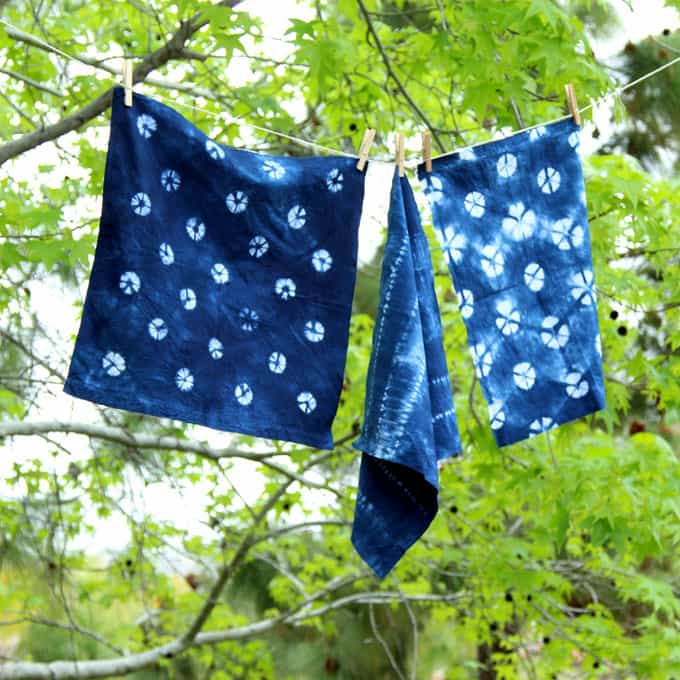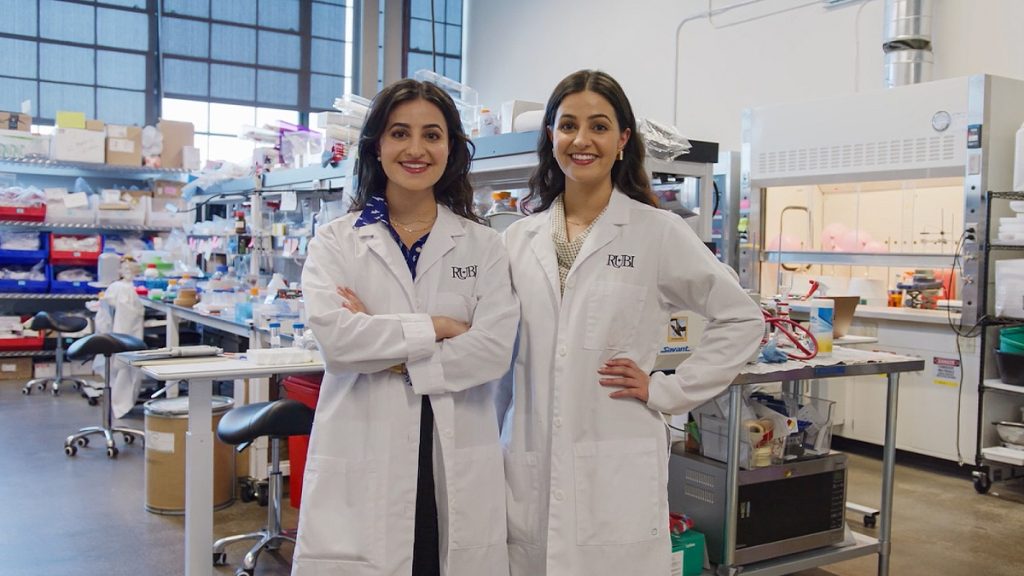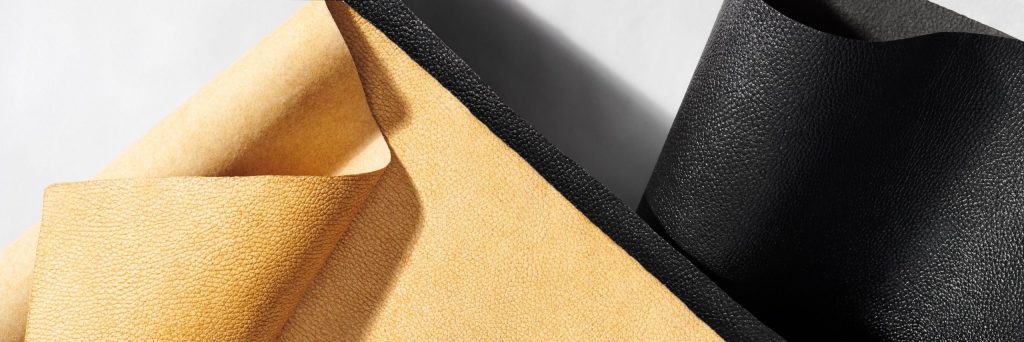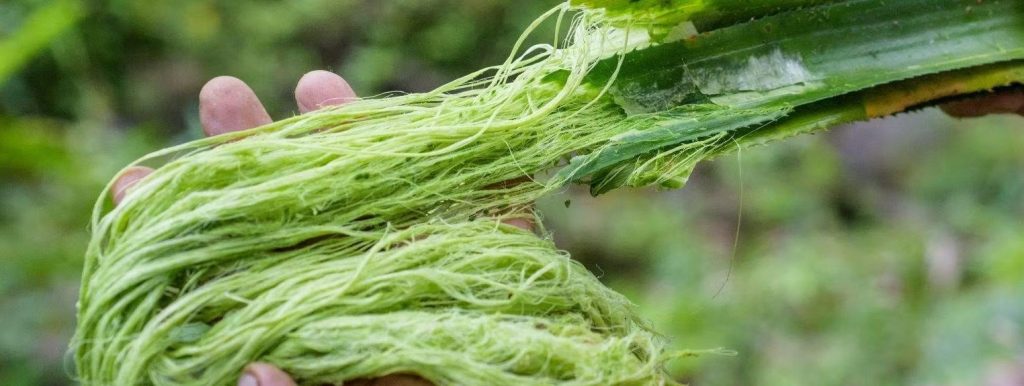Unimaginable Fabrics Transforming Fashion for a Better Tomorrow


The fashion industry is undergoing a radical transformation, driven by growing environmental concerns and innovative material science. As we approach COP 30 in Brazil, the spotlight is on organic fabrics and their potential to revolutionize the way we create and consume clothing. This article delves into the cutting-edge developments in sustainable fashion, with a focus on carbon-negative materials and groundbreaking design approaches.
One of the most exciting advancements is the exploration of carbon as a design material. Designers are experimenting with carbon-negative yarns, transforming what was once considered waste into high-fashion pieces. Imagine couture garments made from rubber, showcased in a vertical farm in São Paulo, illuminated by specialized LEDs for plant growth. This fusion of fashion and agriculture represents a bold step towards sustainability.
Further innovations include solar-cured indigo clothing, where the dyeing process is powered by the sun, minimizing energy consumption and reducing reliance on harmful chemicals. Even seemingly small details are being rethought – paillettes are now crafted from fish scales recovered from local markets, transforming waste into dazzling embellishments.

Indigo Shibori ; Image Source : A Piece of Rainbow
A pioneering studio in Rio de Janeiro is taking sustainable fashion to the next level. A new wave of eco-innovation is transforming carbon emissions into clothing. Sisters Neeka and Leila Mashouf, founders of Rubi, are pioneering a process that turns captured CO2 into biodegradable textiles. They founded “Rubi” in 2021, inspired by the way that trees harness CO2 as a building material, capturing it from the air and converting it into cellulose. Their process is ultra-low-carbon and saves water and land resources while the textiles they manufacture are 100% biodegradable.

Founders of Rubi, Neeka and Leila Mashouf ; Image Source: ENC News
They are developing carbon-absorbing yarns that harden in the sun, effectively turning clothing into micro carbon sinks. These garments not only reduce our environmental impact but actively contribute to carbon sequestration, making a tangible difference in the fight against climate change. The process involves exposing the specially treated yarn to sunlight, which triggers a reaction that solidifies the material and locks in the absorbed carbon.
And this is not all! Imagine clothing made from algae! This groundbreaking innovation extracts cellulose from algae and spins it into fibers, creating a fabric that is not only renewable and biodegradable but also offers impressive functional properties such as moisture-wicking and UV protection. Algae-based textiles represent a new frontier in sustainable fashion, showing how nature can inspire high-performance materials with a minimal environmental footprint.
On another side, Mylo™ turns to mushrooms for inspiration. By cultivating mycelium—the intricate root system of fungi—scientists have created a soft, supple, and durable material that mimics leather without the cruelty or environmental toll. Mylo™ requires far less water and energy than traditional leather, offering a scalable solution for everything from clothing to shoes and accessories.

Mylo™, Leather Alternated Cultivated from Mushrooms ; Image Source : The Green Side of Pink
Similarly, Orange Fiber transforms waste into beauty. By extracting cellulose from discarded orange peels, this innovation creates a silky, lightweight fabric perfect for luxury fashion. Not only does it repurpose agricultural byproducts, but it also redefines citrus waste as a valuable resource, blending elegance with environmental responsibility.

Orange Fiber from Discarded Orange Peels ; Image Source : The Green Side of Pink
Another remarkable alternative is Piñatex®, a leather substitute derived from pineapple leaves. These leaves are typically discarded after harvest, but through innovation, they are turned into a durable, versatile fabric with a distinctive texture. Piñatex® provides a stylish, eco-conscious alternative to animal leather and petroleum-based synthetics, proving that even agricultural leftovers can be reborn as high-quality textiles.

Piñatex®, Leather Substitute from Pineapple Leaves ; Image Source : Autron Industry
Looking ahead, even one of the world’s most widely used natural fibers—cotton—is being reimagined. Lab-grown cotton offers the promise of drastically reducing the land use, pesticides, and vast water consumption tied to conventional cotton farming. By growing cotton fibers in controlled environments, innovators aim to preserve the comfort and familiarity of cotton while minimizing its ecological impact.

Image Source : AI-Generated by Manuela Pirola
Together, these innovations illustrate a fashion revolution rooted in sustainability. They highlight how creativity, science, and respect for the planet can transform what we wear into a force for positive change. The movement towards organic fabrics extends beyond carbon capture. Organic fabrics offer a multitude of benefits:
- Reduced environmental impact: Organic farming practices minimize the use of pesticides and herbicides, protecting ecosystems and biodiversity.
- Healthier for consumers: Organic fabrics are free from harmful chemicals, reducing the risk of skin irritation and allergies.
- Improved working conditions: Organic farming often supports fair labor practices, ensuring better conditions for farmers and textile workers.
- Durability and quality: Organic fibers are often stronger and more durable than conventionally grown fibers, resulting in longer-lasting garments.
By embracing organic fabrics and innovative materials like carbon-negative yarns, the fashion industry can pave the way for a more sustainable and ethical future. As COP 30 approaches, it’s time to recognize the transformative potential of fashion as a force for positive change. From couture made in vertical farms to garments that capture carbon, the new frontiers of fashion are being defined by creativity, innovation, and a deep commitment to protecting our planet.




